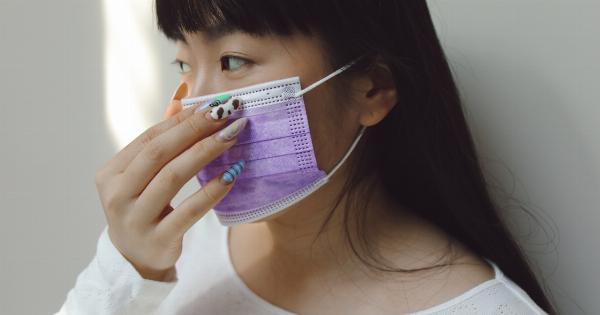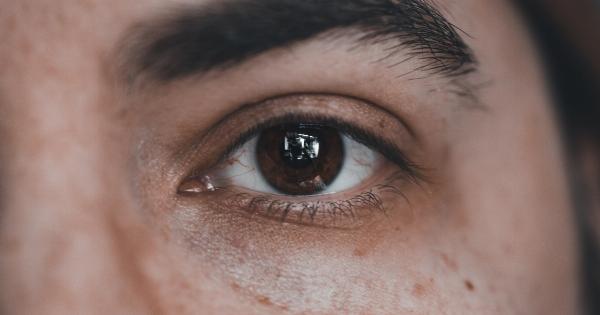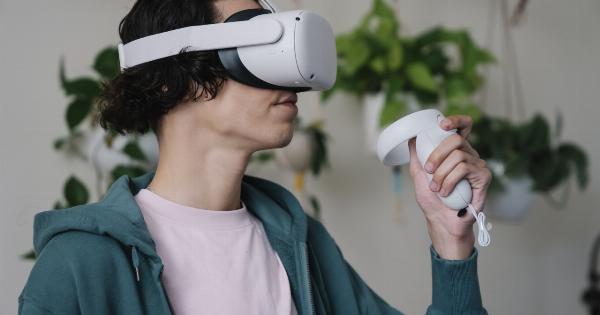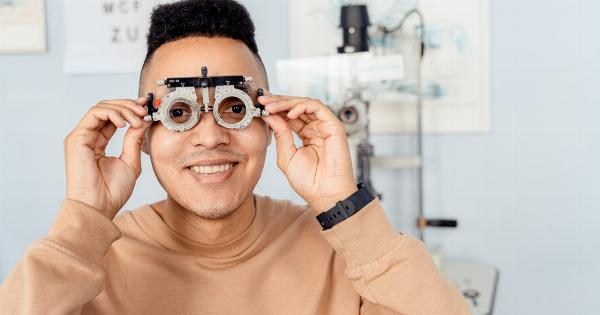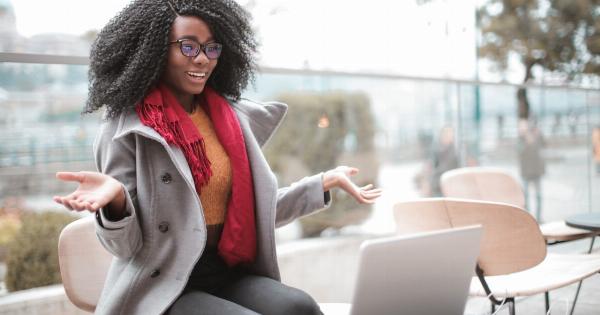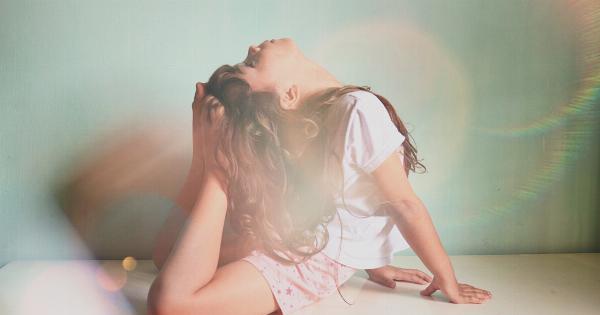Lazy eye or amblyopia is a condition where one eye has reduced vision compared to the other eye. It occurs due to a lack of proper development of vision during childhood. Lazy eye is the most common cause of visual impairment in children.
Traditional treatments for lazy eye involve wearing an eye patch over the stronger eye to force the weaker eye to work harder. This treatment is not only tedious but also difficult to stick to. However, a revolutionary new treatment for lazy eye has been developed that is non-invasive, easy to use, and has shown promising results.
What is the new treatment for lazy eye?
The new treatment for lazy eye involves the use of binocular vision therapy. This therapy uses a device called a dichoptic display that presents different images to both eyes.
The images presented to the weaker eye are gradually made clearer, while the images presented to the stronger eye are made blurrier. This helps the weaker eye to work harder and improves visual acuity.
The dichoptic display is a computer-based program that is customized for each patient based on their visual acuity and the severity of their lazy eye.
The program is used in conjunction with special glasses that have lenses with different optical properties for each eye. The device can be used at home, making treatment more convenient and easier to stick to.
How does the new treatment work?
The new treatment works by stimulating the visual cortex in the brain. The visual cortex is responsible for processing visual information from the eyes.
In lazy eye, the visual cortex is not properly stimulated due to the lack of input from the weaker eye. This leads to the reduced visual acuity in the weaker eye.
Binocular vision therapy stimulates the visual cortex by presenting different images to both eyes simultaneously. This forces the brain to process visual information from both eyes and helps improve visual acuity in the weaker eye.
Over time, the brain learns to use both eyes together, leading to improved depth perception and overall visual function.
Who can benefit from the new treatment?
The new treatment for lazy eye can benefit both children and adults with lazy eye. Traditionally, amblyopia has been considered difficult to treat in adults. However, recent studies have shown that adults can also benefit from binocular vision therapy.
The therapy is customized for each patient based on their visual acuity and the severity of their lazy eye, making it effective for a wide range of individuals.
What are the advantages of the new treatment?
There are several advantages of the new treatment for lazy eye:.
- Non-invasive: The new treatment is non-invasive and does not require surgeries or injections.
- Effective: The treatment has shown promising results in improving visual acuity and overall visual function.
- Convenient: The therapy can be done at home, making it more convenient and easier to stick to.
- Customizable: The therapy is customized for each patient based on their visual acuity and severity of their lazy eye, making it effective for a wide range of individuals.
- Less tedious: Unlike traditional treatment that involves wearing an eye patch over the stronger eye, the new treatment is less tedious and more engaging, making it easier for children to stick to.
Conclusion
The new treatment for lazy eye using binocular vision therapy is a revolutionary non-invasive treatment that has shown promising results.
The therapy stimulates the visual cortex in the brain and leads to improved visual acuity and overall visual function. It is effective for both children and adults with lazy eye and is customizable for each patient. The convenience of the therapy makes it easier for patients to stick to, making it more effective than traditional treatments.










